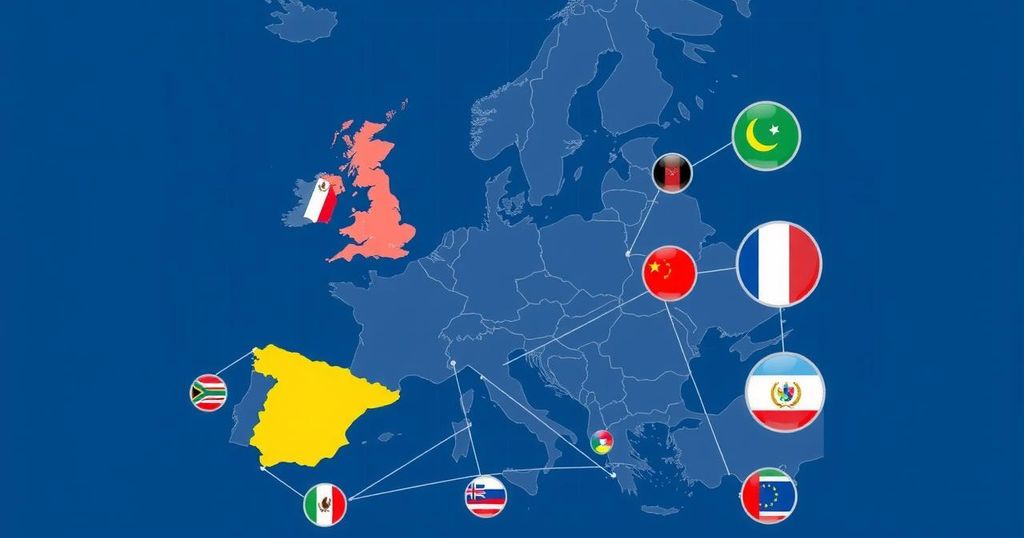Original Source: www.cnews.fr
In today’s economic landscape, public debt levels are a poignant topic of discussion, particularly within the European Union. As nations contend with the immense financial repercussions of past crises—especially the trailing effects of the Covid-19 pandemic—the ratio of public debt to GDP has become a critical indicator of economic health. Understanding the context of these various debt levels is imperative in deciphering not only the current fiscal state of the EU but also in anticipating the potential for future growth and stability across its member states.
As we stepped into the second quarter of 2024, whispers of economic unease drifted through the continuous flow of the European Union’s fiscal dialogues. Public debt had surged to an alarming 81.5% of GDP, casting long shadows over the economies of its member states. Beneath this overarching figure lay a stark reality: six countries had debts dwarfing their very economic outputs, marking a hushed urgency amongst policymakers.
Leading the ranks of fiscal peril is Greece, its debt soaring to a staggering 163.6% of GDP, akin to heavy chains binding a once-prosperous nation. Following closely is Italy, entwined in its own financial struggles at 137%, while France, with a debt more than €3.23 trillion, stands at 112.2%. The beleaguered Belgium and Spain follow suit, with debts of 108% and 105.3% respectively, and Portugal, just inching over the 100% mark at 100.6%.
Yet, amidst these troubling figures, flickers of hope emerge, as some nations witness a gradual decrease in their debts post-Covid-19. However, for others, like France, the clouds gather darker as the public debt-to-GDP ratio rose by 1.6% from the previous quarter. In sharp contrast, countries like Bulgaria (22.1%) and Estonia (23.8%) are the small, nimble boats sailing smoothly in a turbulent sea, with Luxembourg also joining the ranks of financial prudence at 26.8%.
This ongoing tale of economic strains weaves a complex tapestry, where the threads of fiscal responsibility and daunting debt levels intertwine. The question lingers like a haunting refrain: how will these nations navigate the stormy waters of debt, and what further challenges lie ahead in their quest for economic stability?




